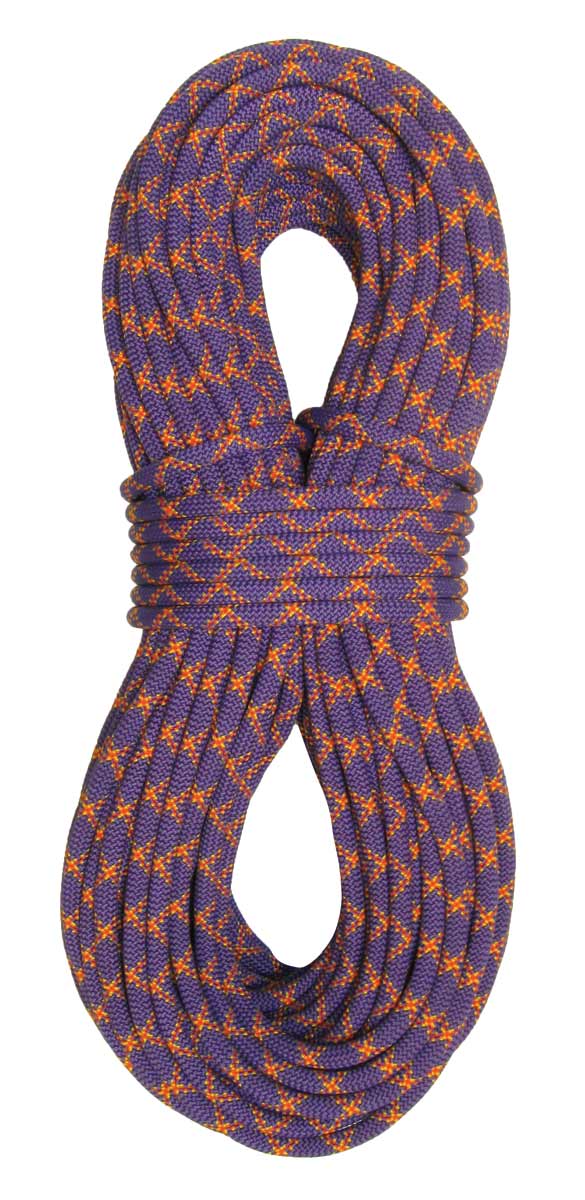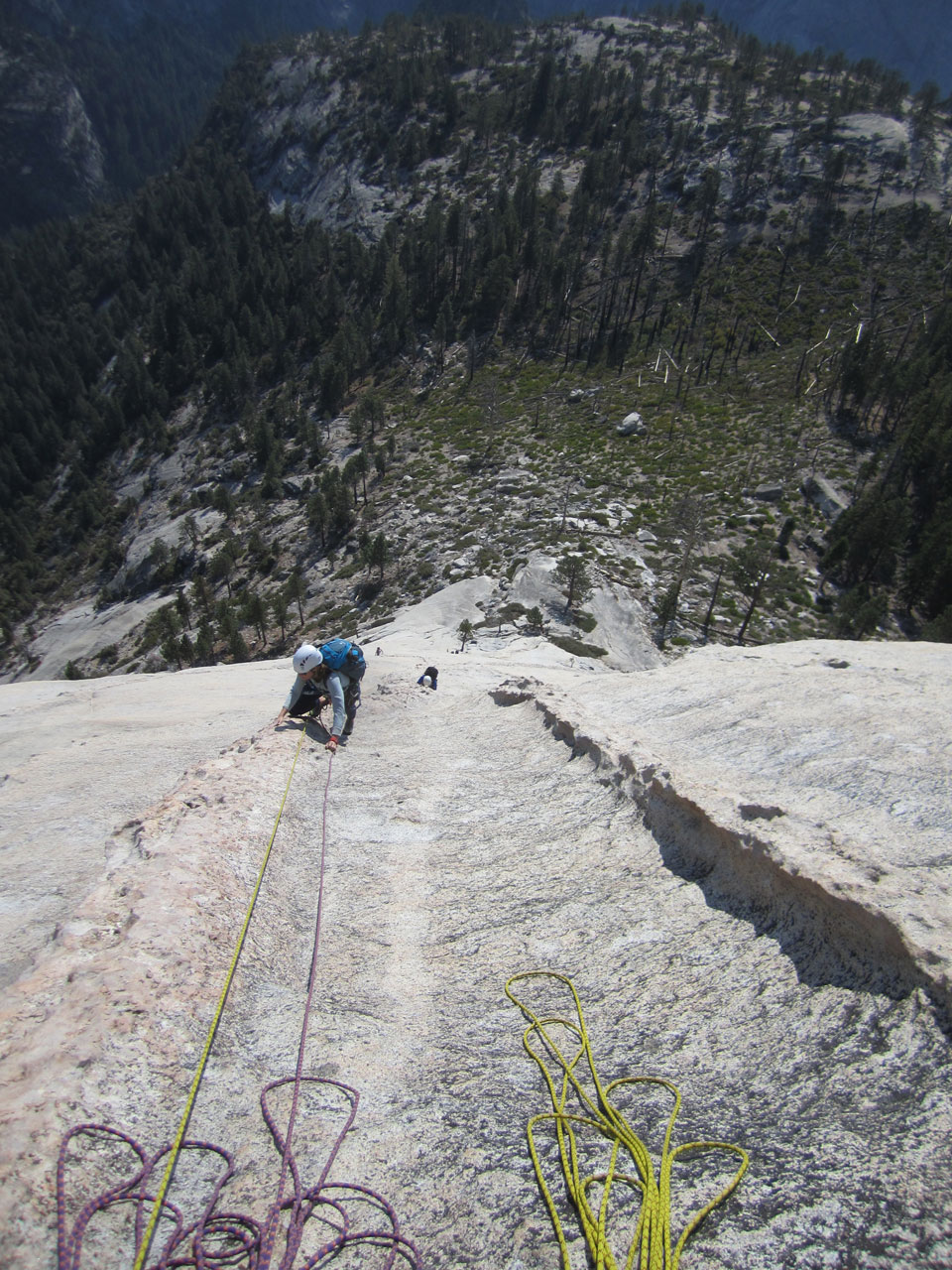 Sterling Evolution Duetto Half Ropes, 8.4mm
Sterling Evolution Duetto Half Ropes, 8.4mm
Dynamic Elongation: 31.60%
Impact Force: 6.5kN
Static Elongation: 11.00%
UIAA falls: 6
Weight: 45 g/M
MSRP: $173 (60m)
We climbers tend to be extremely loyal to our first impressions when it comes to gear, and rope manufacturers in particular tend to generate devoted followings. It would be hard to overstate how many times I’ve heard some variation of the claim, “I have a Sterling/Bluewater/New England/Mammut/Etc. rope that I love; I’ll never buy a rope made by anyone else again.” The exact opposite type of claim is equally common: “I had a (insert any rope company) that kinked all the time. It was a damn rat’s nest; I’ll never buy another one.”
In spite of this unforgiving climate, I’d heard enough positive impressions of Sterling ropes to pique my interest. Sterling is a perennial presence in conversations about climbing ropes, and they are sponsors of and endorsed by the likes of Chris Sharma, Will Gadd, Mayan Smith-Gobat, Kevin Jorgeson, Nick Martino, and Sonnie Trotter, to name a few. They also boast an extensive line of ropes, spanning 7.8mm to 11.2mm.
I needed a new set of doubles, and I was curious to see how much of the company’s, well, sterling reputation had actually made it into the ropes themselves.
The Case for Half/Double Ropes
The Evolution Duettos, part of the broader Evolution line of ropes, is the mid-weight option of the three half-ropes made by Sterling. For comparison, the Marathon half and the Fusion Photon Half check in at 8.8 and 7.8mm, respectively.
As a rope gets thinner, its area decreases as a square (remember that “area = πr²” thing?) and the diameter decreases linearly. So a slightly thinner rope has a dramatic reduction in bulk. Spec sheets prove this point: Evolution Duetto, at 8.4mm, is 1.4mm (or 14.3%) thinner than the 9.8mm single rope in the Evolution line. That same 14.3% reduction in diameter, however, achieves a 27.4% reduction in weight. This means that double ropes, rather than being twice the weight of a single rope, are roughly only half again as heavy as carrying a single, often a very small price to pay for full-length rappels.
The 27.4% reduction in weight relative to the Sterling single ropes leaves the Evolution Duettos at 45g/m. This is on the lighter end for double ropes of comparable diameter, but if weight is your priority, there are thinner ropes that are rated as doubles. (But more on that in a minute.)
General Impressions
I couldn’t wait to use them, so I took them out for some single pitch work in the South Platte area of Colorado to play around with them.
Uncoiling the Duettos for the first time, the ropes feel even thinner than their 8.4mm diameter, and the sheath has a soft feel. They are smooth, handle extremely easily, and fly through my belay device when feeding rope or belaying from above. Excited to take them on something a bit longer, I brought them along to Yosemite and dragged them—literally—up Snake Dike on the south shoulder of Half Dome.

As part of a group of three, I wanted to bring up two ropes so that (1) I would have enough rope for the long pitches and (2) still be able to have two followers climb at the same time. The Duettos were easy to organize and handle at belay stations, but, more importantly, the sheaths survived a long drag up endless granite slab with no real fuzzing to speak of.
In the weeks that followed, I brought them along for some multipitch work in Eldorado Canyon. There are times when Eldorado feels like the place where wandering pitches come from. Double ropes are a boon here, and the Duettos were great. Two ropes are for sure better than one when running over sharp edges, but I did some visible wear on one of the ropes after they ran across one particularly unhappy corner. Despite that one case, they’ve held up surprisingly well, considering how soft the ropes feel and how well they handle.
While I’ve been very happy with their durability, I don’t want to go too far with this point. I have had the ropes for two months and have gotten some very good use out of them in that time, in a whole range of places. But two months is hardly two years. I can’t say from these experiences what condition these will be in at the start of next season. Until I can follow up with a lifespan review, I’ll have to give them good marks for durability, with an asterisk.
